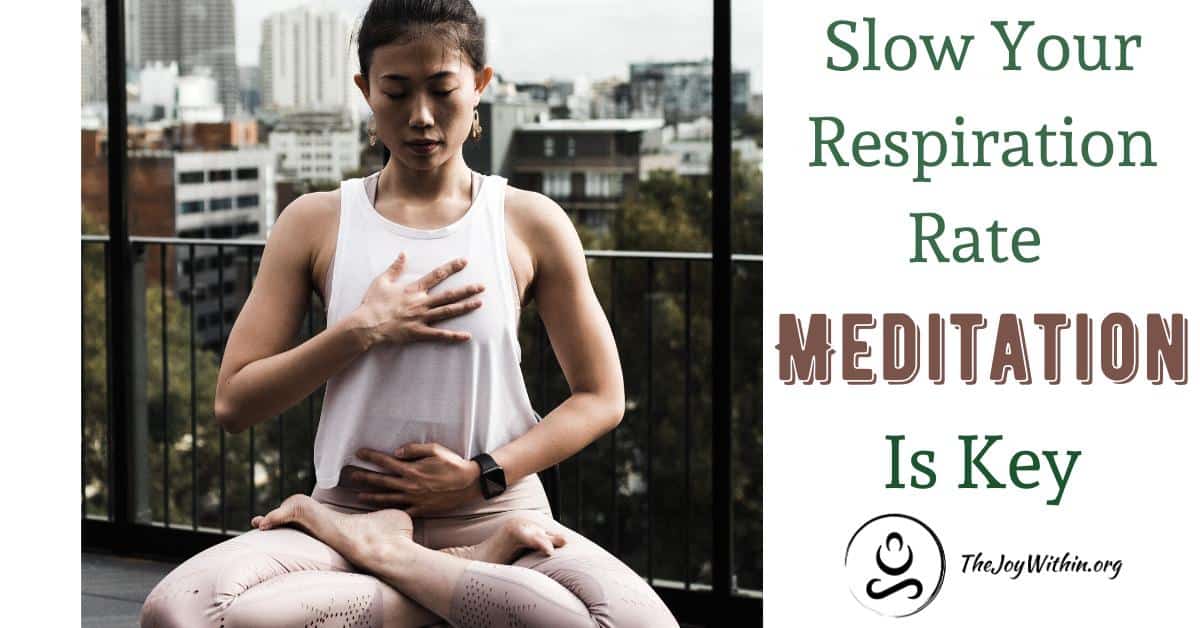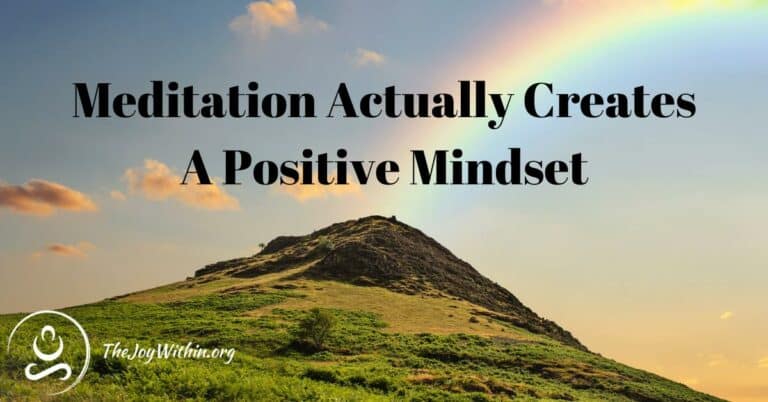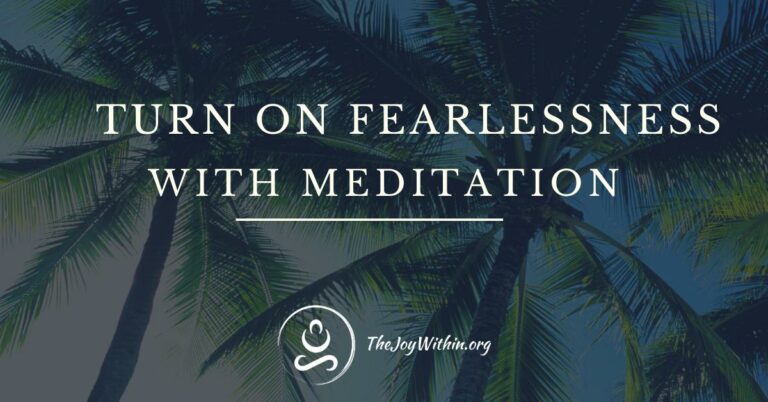Meditation has so many health benefits, it is shocking that in society it is not more prevalent as a treatment. This may be due to the deep self-reflection meditation creates through its practice. Though this in itself is an incredible benefit to derive while also caring for your physical health.
What Is The Benefit of a Slow Respiration Rate?
You may be wondering why exactly should I want a lower respiration rate? Well, first of all, your breathing function sets a foundation for the rest of your health. Secondly, a slow respiratory rate is shown to reduce blood pressure and hypertension.
Third, rapid and shallow breathing are linked directly to anxiety and high levels of stress. When the respiratory rate is low it is commonly deep and slower which helps to calm both the body and mind.
It also reduces the autonomic reactivity which is how much your body responds to a stimuli such as the perception of stress. A slow respiratory rate is around 10 per minute or less.
How Does Meditation Help Slow The Respiration Rate?
A study published in 2016 focused on the resting respiration rate of long-term meditators and compared it to a control group of non-meditators. The results showed that the meditators had a slower baseline respiration rate in comparison to the control group.
One of the main reasons why meditation helps slow the respiratory rate is through relaxation. When your conscious will is applied to the mind and guides it to still instead of allowing it to become wrapped up in all its thoughts you will become calmer and less reactive to stressful stimuli.
If you are wondering what to expect when getting started practicing meditation then this article is for you.
You may know the correlation of a deep breath to the state of the body when it is relaxed. This can be seen with a happy sigh to show joy or when someone is very stressed and has the urge to take a deep belly breath to relieve it.

Naturally when we are stressed our body goes into its fight-flight-or-freeze mode or sympathetic nervous system which commonly shifts our breathing to be very shallow. This shifts us out of the parasympathetic nervous system the other half of the autonomic nervous system that is opposite to fight-flight-or-freeze.
The parasympathetic nervous system allows the body to rest and digest food, repair itself, and regulate hormone production. Using deep and diaphragmatic breathing will activate the parasympathetic nervous system.
Pranayama
Yogis have long since known that through conscious work with the mind one can bring their body, mind, and spirit to optimal health. This includes speeding up the body’s healing and even helping to build a bigger brain.
Pranayama is a specific yoga technique that works to extend the breath. The benefits of this practice are not simply for the physical health benefits. Pranayama translates to extending your life-force energy.
Which helps to clear the mind and chakras as well as increase vitality. There are countless pranayama techniques some work to expand breath capacity and energize the body and mind such as kapalabhati, which uses a short period of focus on a full and rapid exhalation.
Other pranayama techniques such as anuloma viloma which uses alternate nostril breathing to extend the breath and directs your focus inward. These meditation techniques, pranayama are incredibly beneficial in helping you lower your respiratory rate, although practicing single-pointed focused or even mindfulness meditation will also help you lower your respiratory rate.




